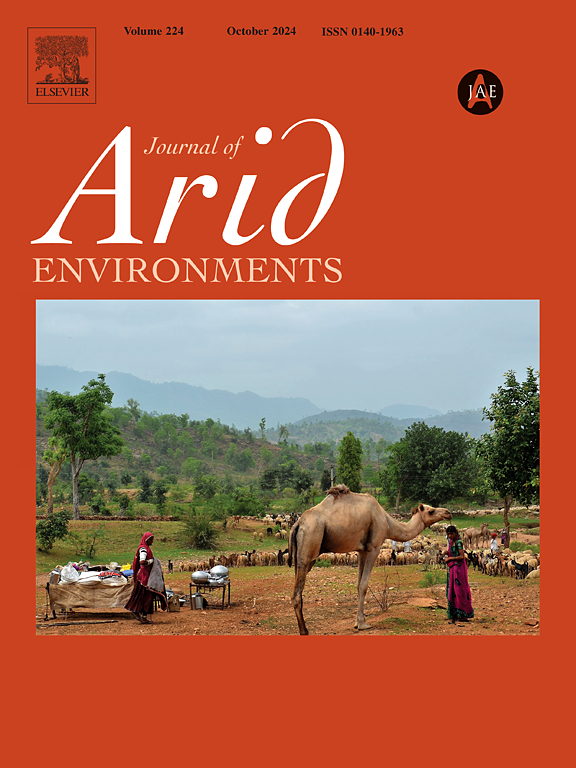Potential of biochar inoculated with Trichoderma to improve soil chemical and biological properties in a regenerating area
IF 2.5
3区 环境科学与生态学
Q2 ECOLOGY
引用次数: 0
Abstract
Meta-analyses demonstrate that the application of biochar is an effective practice for improving the ecosystem services of soil. Several studies have demonstrated the plant growth-promoting effects of Trichoderma spp. However, the extent of the influence of biochar and Trichoderma on microbial indicators is still poorly understood, especially in semiarid soils undergoing regenerationTo address this gap, this study evaluated the effects of biochar derived from grape stalks (B1) and grape fermentation (B2), co-applied with Trichoderma aureoviride URM 5158 (F1) and Trichoderma hamatum URM 6656 (F2), on chemical and microbial indicators in maize-cultivated soil under natural regeneration. Our findings revealed that both biochar applied in this soil changes in phosphorus, potassium, total organic carbon, microbial biomass, alkaline phosphatase, and beta-glucosidase. B1F2 increased phosphorus levels by 82 % and beta-glucosidase activity by 142 %. Our results show that B2 increased soil carbon levels by 196 % compared to the control. Soils treated with B2 exhibited a 196 % increase in total organic carbon. As for microbial biomass carbon (MBC), Trichoderma aureoviride outperformed all other treatments, resulting in a 291 % increase compared to the control. The results of this study provide evidence that biochar and Trichoderma can be used to restore the chemical and biological properties of soil.

木霉接种生物炭改善再生区土壤化学和生物特性的潜力
荟萃分析表明,生物炭的应用是改善土壤生态系统服务的有效实践。然而,生物炭和木霉对微生物指标的影响程度仍然知之甚少,特别是在半干旱的再生土壤中。为了解决这一空白,本研究评估了葡萄秸秆(B1)和葡萄发酵(B2)提取的生物炭,与金黄色木霉URM 5158 (F1)和红木霉URM 6656 (F2)共同应用的效果。自然更新条件下玉米栽培土壤化学及微生物指标研究结果表明,施用生物炭后,土壤中磷、钾、总有机碳、微生物量、碱性磷酸酶和β -葡萄糖苷酶均发生了变化。B1F2使磷水平提高82%,β -葡萄糖苷酶活性提高142%。我们的研究结果表明,与对照相比,B2使土壤碳含量增加了196%。B2处理土壤的总有机碳增加了196%。在微生物生物量碳(MBC)方面,金黄色木霉处理的效果优于其他处理,比对照提高了291%。本研究结果表明,生物炭和木霉可用于恢复土壤的化学和生物特性。
本文章由计算机程序翻译,如有差异,请以英文原文为准。
求助全文
约1分钟内获得全文
求助全文
来源期刊

Journal of Arid Environments
环境科学-环境科学
CiteScore
5.70
自引率
3.70%
发文量
144
审稿时长
55 days
期刊介绍:
The Journal of Arid Environments is an international journal publishing original scientific and technical research articles on physical, biological and cultural aspects of arid, semi-arid, and desert environments. As a forum of multi-disciplinary and interdisciplinary dialogue it addresses research on all aspects of arid environments and their past, present and future use.
 求助内容:
求助内容: 应助结果提醒方式:
应助结果提醒方式:


